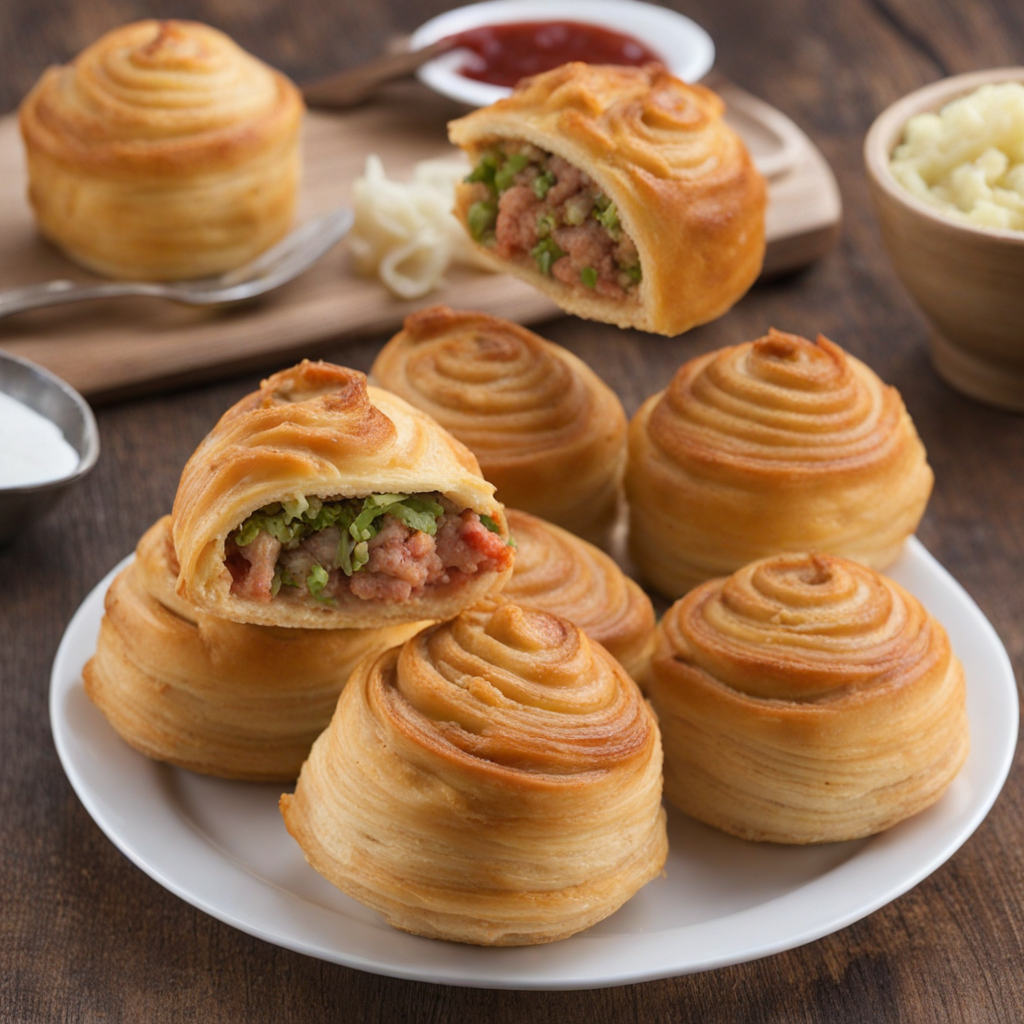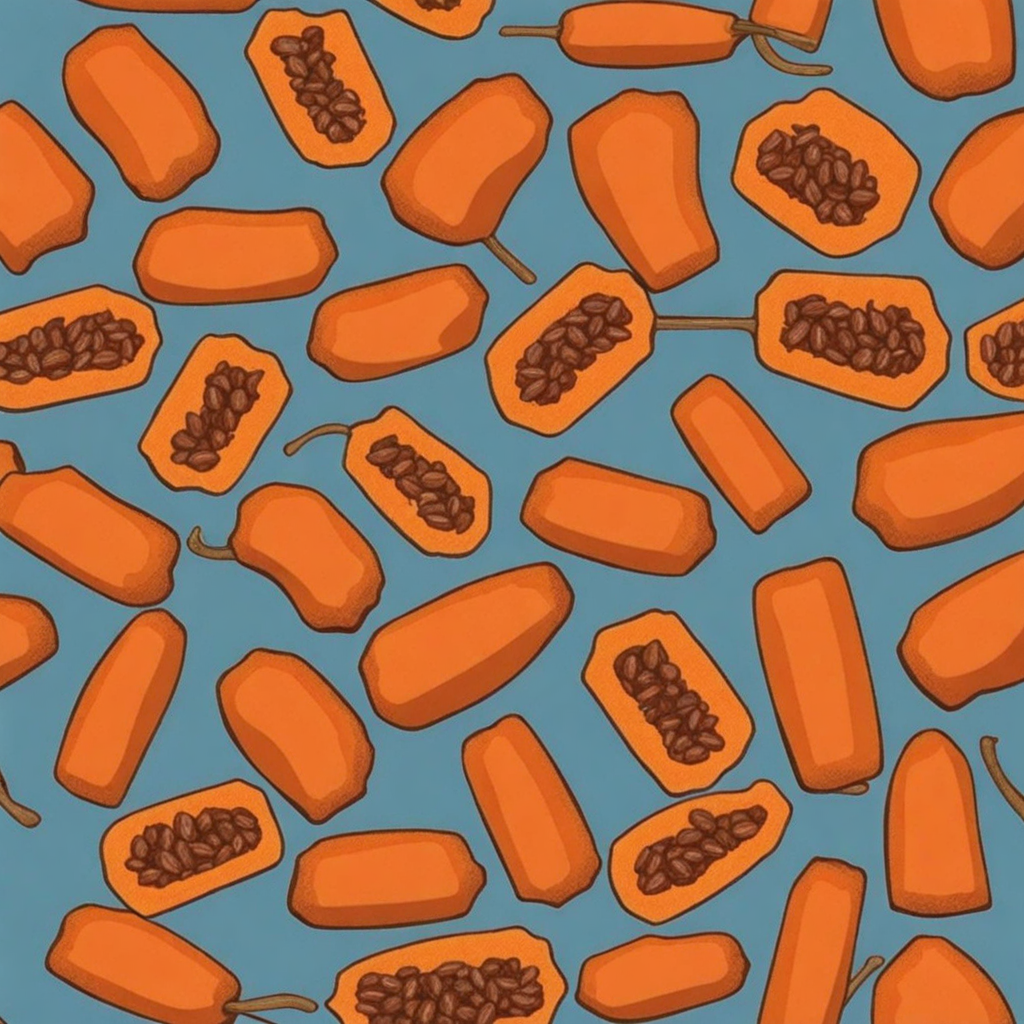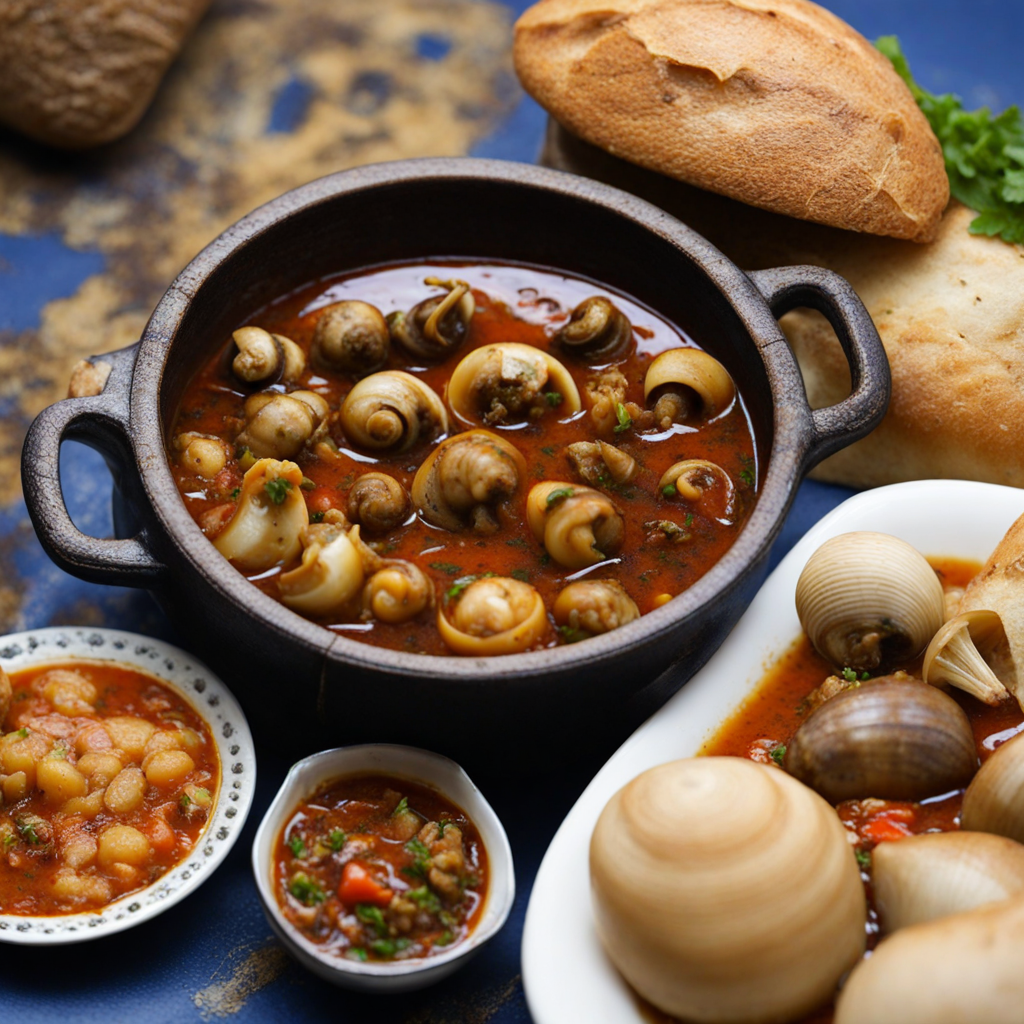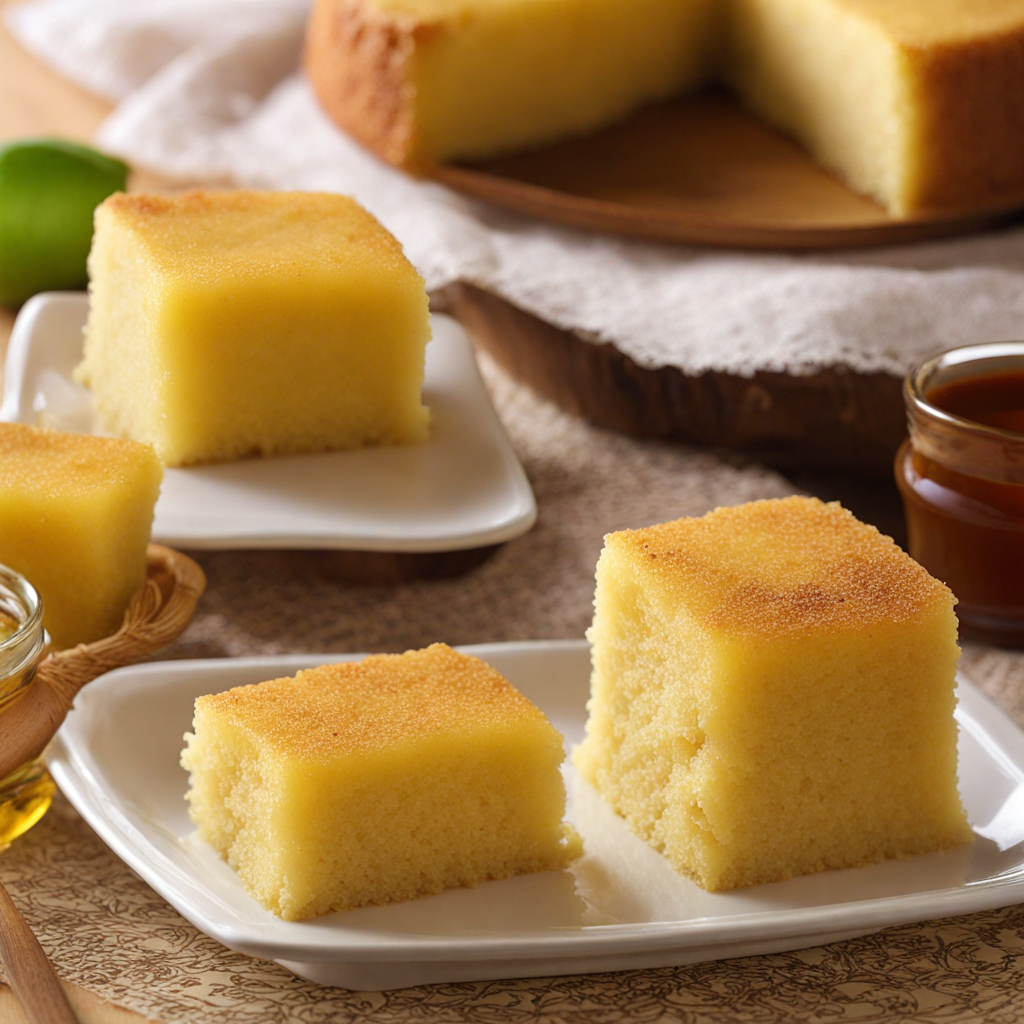Pastel com o diabo dentro
Pastel com o diabo dentro is a tantalizing dish from Cape Verde that embodies the island's rich culinary traditions. These savory pastries are a delightful combination of flaky pastry and a spicy filling that sets them apart from other snacks. The name translates to "pastry with the devil inside," hinting at the fiery flavors that await the adventurous eater. The outer layer is typically made from a dough that is expertly rolled out to achieve a perfect balance of crispiness and tenderness, making each bite a satisfying experience. Inside, the filling is what truly makes Pastel com o diabo dentro a must-try. It often features a mix of ingredients such as fish, particularly tuna, and a medley of spices, including chili pepper, garlic, and onion. This combination creates a robust flavor profile that is both savory and spicy, giving a nod to Cape Verde's history of using bold spices in their cuisine. The dish may also be enhanced with the addition of vegetables or herbs, showcasing the island’s fresh produce and culinary creativity. Pastel com o diabo dentro is commonly enjoyed as a street food or snack, perfect for any time of the day. Whether served hot or at room temperature, these pastries are a popular choice for locals and visitors alike. They offer a taste of Cape Verde's vibrant culture, inviting those who dare to experience the "devilish" flavors within. Pair it with a refreshing drink, and you have a delightful culinary adventure that captures the essence of the islands.
How It Became This Dish
Pastel com o Diabo Dentro: A Culinary Journey from Cape Verde Origins Pastel com o diabo dentro, or "pastry with the devil inside," is a traditional delicacy from Cape Verde, an archipelago located off the northwest coast of Africa. This dish is emblematic of Cape Verdean culture, blending African, Portuguese, and Creole influences that have shaped the islands’ culinary landscape over centuries. Its origins can be traced back to the colonial era when the islands were a vital stop for Portuguese traders and explorers. These interactions facilitated the fusion of various ingredients and cooking techniques, ultimately giving rise to the unique flavors of Cape Verdean cuisine. The pastry itself is generally made from a simple dough that is filled with a spicy mixture, often including ground beef or fish, onions, garlic, and a variety of spices. The name "com o diabo dentro" evokes a sense of intrigue and playfulness, as it suggests that the filling is devilishly spicy, a nod to the robust flavors that characterize Cape Verdean food. Cultural Significance Pastel com o diabo dentro holds a special place in Cape Verdean culture, often served during celebrations and family gatherings. The preparation and consumption of this dish are steeped in tradition, with recipes often passed down through generations. It is not merely a food item; it is a symbol of community and togetherness. The act of making these pastries is often a communal affair, where family members come together to prepare the filling and dough, sharing stories and laughter in the process. Moreover, the dish embodies the resilience of the Cape Verdean people. The islands have faced numerous challenges throughout history, including colonial exploitation, slavery, and economic hardships. The ability to adapt and innovate with available ingredients—such as the use of local spices and vegetables—has allowed Cape Verdeans to create a vibrant culinary identity. Pastel com o diabo dentro is a testament to this adaptability; it showcases how traditional methods can be infused with new flavors, creating a dish that is quintessentially Cape Verdean. Development Over Time As Cape Verdean cuisine evolved, so did the recipe for pastel com o diabo dentro. In the early days, the dish was primarily made with whatever ingredients were available, often reflecting the agricultural practices of the time. The islands' volcanic soil is rich for growing crops such as corn, beans, and sweet potatoes, which were commonly used in various forms of local cooking. Over time, the introduction of different spices and flavors from Portuguese settlers, as well as influences from the African continent, transformed the dish into what it is today. In the 20th century, as Cape Verdeans began to migrate to other parts of the world—particularly to the United States, Europe, and Brazil—the dish followed them. This migration not only spread the popularity of pastel com o diabo dentro but also led to the emergence of variations. In diaspora communities, adaptations were made based on the availability of ingredients, with some opting for more accessible proteins or experimenting with vegetarian fillings. This flexibility allowed the dish to remain relevant and beloved, regardless of location. The rise of Cape Verdean restaurants in urban centers has also contributed to the dish's popularity. In cities like Boston or Lisbon, pastel com o diabo dentro can be found on menus, often presented as an appetizer or a snack. The revival of interest in traditional foods has led chefs to experiment with the dish, incorporating modern culinary techniques while respecting its roots. This has resulted in innovative takes on the classic recipe, including new fillings and dough preparations that reflect contemporary tastes. Modern Context and Global Influence In recent years, there has been a resurgence of interest in Cape Verdean cuisine both within the islands and in global culinary circles. Food festivals celebrating Cape Verdean culture often feature pastel com o diabo dentro, showcasing not only its delightful taste but also the stories and traditions behind it. Social media platforms have also played a role in elevating the dish's profile, with food enthusiasts sharing recipes and cooking techniques that highlight the vibrant flavors of Cape Verde. The ingredients used in pastel com o diabo dentro also reflect a growing trend toward sustainability and local sourcing. Many Cape Verdean chefs emphasize the importance of using fresh, locally-grown produce, which not only supports local economies but also enhances the dish's quality. This has led to a revival of traditional farming practices and a renewed appreciation for the land's bounty. Furthermore, the dish has become a symbol of cultural pride for Cape Verdeans, both at home and in the diaspora. It serves as a reminder of their heritage and the unique culinary identity that has emerged from a history of cultural blending. This pride is often expressed through community events, cooking classes, and cultural exchanges that celebrate the significance of food in maintaining connections to one’s roots. Conclusion Pastel com o diabo dentro is more than just a savory pastry; it is a reflection of Cape Verde’s rich history and cultural tapestry. The dish has evolved over time, adapting to the influences of colonialism, migration, and globalization while retaining its core identity. As it continues to gain popularity both locally and internationally, it stands as a testament to the resilience and creativity of the Cape Verdean people. This delightful pastry encapsulates the spirit of a nation, where the past and present converge in every flavorful bite, inviting all who partake to savor a piece of Cape Verde's vibrant heritage.
You may like
Discover local flavors from Cape Verde







